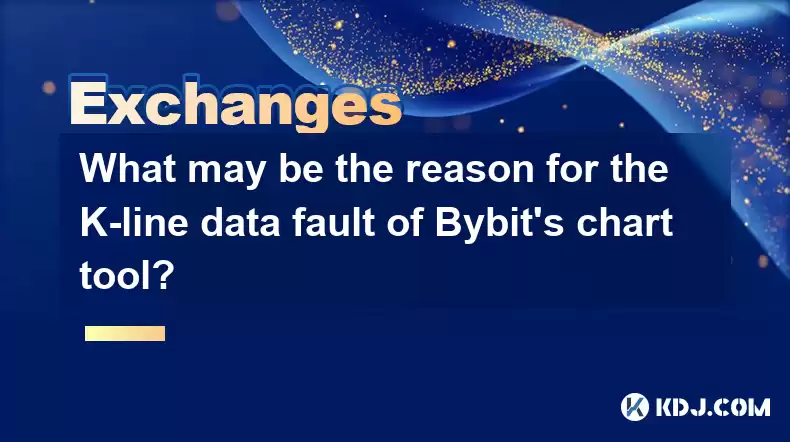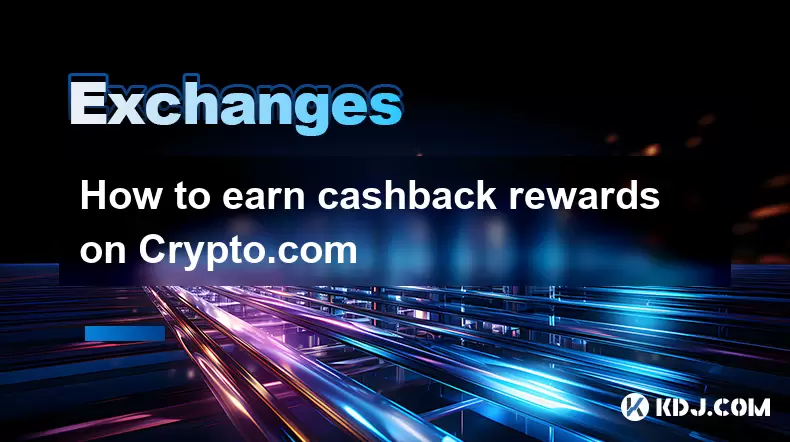-
 Bitcoin
Bitcoin $118600
-2.59% -
 Ethereum
Ethereum $4282
-0.42% -
 XRP
XRP $3.129
-4.21% -
 Tether USDt
Tether USDt $0.0000
0.01% -
 BNB
BNB $805.4
-1.80% -
 Solana
Solana $174.3
-5.77% -
 USDC
USDC $0.9998
-0.01% -
 Dogecoin
Dogecoin $0.2230
-6.33% -
 TRON
TRON $0.3466
1.70% -
 Cardano
Cardano $0.7745
-5.73% -
 Chainlink
Chainlink $21.37
-3.53% -
 Hyperliquid
Hyperliquid $42.93
-7.25% -
 Stellar
Stellar $0.4324
-4.94% -
 Sui
Sui $3.660
-7.17% -
 Bitcoin Cash
Bitcoin Cash $591.6
2.72% -
 Hedera
Hedera $0.2467
-7.04% -
 Ethena USDe
Ethena USDe $1.001
0.00% -
 Avalanche
Avalanche $22.92
-6.14% -
 Litecoin
Litecoin $118.8
-3.79% -
 Toncoin
Toncoin $3.378
-0.46% -
 UNUS SED LEO
UNUS SED LEO $9.011
-1.15% -
 Shiba Inu
Shiba Inu $0.00001294
-5.81% -
 Uniswap
Uniswap $11.24
0.53% -
 Polkadot
Polkadot $3.870
-6.16% -
 Cronos
Cronos $0.1662
-1.68% -
 Dai
Dai $1.000
0.02% -
 Ethena
Ethena $0.7915
-5.62% -
 Bitget Token
Bitget Token $4.414
-1.65% -
 Monero
Monero $259.3
-3.85% -
 Pepe
Pepe $0.00001120
-8.29%
What may be the reason for the K-line data fault of Bybit's chart tool?
Bybit's K-line data discrepancies can stem from data feed issues, technical glitches, high trading volume, network problems, or human error; traders should verify data across multiple sources.
Mar 28, 2025 at 01:28 pm

Potential Causes of K-line Data Discrepancies on Bybit
Bybit, like any other cryptocurrency exchange, relies on a complex system to display real-time market data, including its K-line charts. Occasional discrepancies or faults in this data can be frustrating for traders. Several factors can contribute to these inaccuracies. Understanding these potential causes can help traders navigate these situations more effectively.
One common reason is data feed issues. Bybit sources its market data from various providers. If there's a temporary outage or delay from one of these providers, the K-line chart might display incomplete or inaccurate data. This is often resolved quickly as the data feed is restored.
Another potential source of error is technical glitches within Bybit's own systems. Server-side problems, software bugs, or even routine maintenance can lead to temporary data discrepancies. These issues are usually addressed swiftly by Bybit's technical team.
High trading volume can also contribute to K-line data faults. During periods of intense market activity, the sheer volume of transactions can overwhelm the system, leading to delays in data processing and updates on the charts. This is a temporary issue that usually resolves itself as trading volume decreases.
Network connectivity problems can also play a role. If a trader experiences network latency or instability, the data received might be incomplete or delayed, leading to a mismatch between the chart displayed and the actual market conditions. Ensuring a stable internet connection is crucial for accurate data visualization.
Finally, human error is always a possibility. While less frequent, errors in data entry or system configuration by Bybit's staff could potentially introduce inaccuracies in the K-line data. Bybit has rigorous internal processes to minimize these errors.
Troubleshooting Steps for K-line Data Discrepancies
If you encounter a K-line data fault on Bybit's chart tool, consider these steps:
- Refresh the page: A simple refresh often resolves temporary glitches.
- Check your internet connection: Ensure a stable and reliable connection.
- Check Bybit's status page: Look for any announcements regarding system maintenance or outages.
- Compare with other exchanges: Check the same timeframe on other reputable exchanges to see if the discrepancy is isolated to Bybit.
- Contact Bybit support: If the problem persists, contact their customer support for assistance.
Understanding Different Types of K-line Data Errors
K-line data errors can manifest in several ways. Sometimes, there might be missing candlesticks, representing gaps in the price data. Other times, the price values themselves might be incorrect, showing inaccurate open, high, low, or close prices. In some cases, the timing of the candlesticks might be off, leading to misinterpretations of price movements. Understanding these different types of errors helps in better diagnosis.
Factors Affecting Data Accuracy Beyond Bybit's Control
It's important to remember that several factors outside of Bybit's direct control can influence data accuracy. For example, manipulation of order books by malicious actors can artificially inflate or deflate prices, leading to inaccurate K-line data. Similarly, flash crashes or other extreme market events can overwhelm even the most robust systems, resulting in temporary data inaccuracies.
The Importance of Multiple Data Sources
Relying on a single data source, even a reputable one like Bybit, carries inherent risk. Traders should always corroborate information from multiple sources to ensure accuracy and avoid making trading decisions based on faulty data. Comparing data from different exchanges can help identify potential discrepancies and provide a more comprehensive view of the market.
Frequently Asked Questions
Q: What should I do if I see a discrepancy between Bybit's K-line chart and another exchange's chart?
A: First, verify your internet connection and refresh the page. If the discrepancy persists, compare data from several other reputable exchanges. If the discrepancy is consistent across multiple sources, it may indicate a genuine market anomaly. Contact Bybit support if you suspect a problem with their data.
Q: Are K-line data faults common on cryptocurrency exchanges?
A: While exchanges strive for accuracy, occasional data glitches are relatively common, particularly during periods of high volatility or trading volume. These glitches are usually temporary and quickly resolved.
Q: Can faulty K-line data lead to financial losses?
A: Yes, inaccurate K-line data can lead to poor trading decisions and potentially significant financial losses. It's crucial to use multiple data sources and exercise caution when interpreting chart data.
Q: Does Bybit take steps to ensure data accuracy?
A: Bybit employs various measures to ensure data accuracy, including using multiple data providers and implementing robust internal systems for data validation and error correction. However, no system is perfect, and occasional discrepancies can occur.
Q: How can I minimize the risk of making trading decisions based on faulty K-line data?
A: Always use multiple data sources for verification, be aware of periods of high volatility, and consider using additional technical indicators to confirm price movements before making trading decisions. Never rely solely on a single K-line chart.
Disclaimer:info@kdj.com
The information provided is not trading advice. kdj.com does not assume any responsibility for any investments made based on the information provided in this article. Cryptocurrencies are highly volatile and it is highly recommended that you invest with caution after thorough research!
If you believe that the content used on this website infringes your copyright, please contact us immediately (info@kdj.com) and we will delete it promptly.
- Dogecoin, Presale, Surge: Riding the Meme Coin Wave
- 2025-08-12 11:10:12
- Dogecoin, Tron, and the ROI Reality Check: What's a Crypto Investor to Do?
- 2025-08-12 11:15:12
- Ethereum Layer-2 Scaling Competition Heats Up as ETH Breaks $4K
- 2025-08-12 10:30:12
- China Regulation, Stablecoins, and BNB Presale: Navigating the Crypto Landscape
- 2025-08-12 11:30:12
- Meme Coins, Investment, and Token Burns: What's Hot in 2025?
- 2025-08-12 10:30:12
- China's National Security Alarm Bells Ring Over Worldcoin's Iris Scans
- 2025-08-12 11:35:12
Related knowledge

How to use margin trading on Poloniex
Aug 08,2025 at 09:50am
Understanding Margin Trading on Poloniex

How to read the order book on KuCoin
Aug 10,2025 at 03:21pm
Understanding the Order Book Interface on KuCoinWhen accessing the order book on KuCoin, users are presented with a real-time display of buy and sell ...

How to read the order book on KuCoin
Aug 12,2025 at 02:28am
Understanding the Basics of Staking in CryptocurrencyStaking is a fundamental concept in the world of blockchain and cryptocurrencies, particularly wi...

How to set price alerts on Kraken
Aug 11,2025 at 08:49pm
Understanding Price Alerts on KrakenPrice alerts on Kraken are tools that allow traders to monitor specific cryptocurrency pairs for price movements. ...

How to earn cashback rewards on Crypto.com
Aug 12,2025 at 02:08am
Understanding Cashback Rewards on Crypto.comCashback rewards on Crypto.com are a feature designed to incentivize users to spend using their Crypto.com...

How to use advanced trading on Gemini
Aug 08,2025 at 04:07am
Understanding Advanced Trading on GeminiAdvanced trading on Gemini refers to a suite of tools and order types designed for experienced traders who wan...

How to use margin trading on Poloniex
Aug 08,2025 at 09:50am
Understanding Margin Trading on Poloniex

How to read the order book on KuCoin
Aug 10,2025 at 03:21pm
Understanding the Order Book Interface on KuCoinWhen accessing the order book on KuCoin, users are presented with a real-time display of buy and sell ...

How to read the order book on KuCoin
Aug 12,2025 at 02:28am
Understanding the Basics of Staking in CryptocurrencyStaking is a fundamental concept in the world of blockchain and cryptocurrencies, particularly wi...

How to set price alerts on Kraken
Aug 11,2025 at 08:49pm
Understanding Price Alerts on KrakenPrice alerts on Kraken are tools that allow traders to monitor specific cryptocurrency pairs for price movements. ...

How to earn cashback rewards on Crypto.com
Aug 12,2025 at 02:08am
Understanding Cashback Rewards on Crypto.comCashback rewards on Crypto.com are a feature designed to incentivize users to spend using their Crypto.com...

How to use advanced trading on Gemini
Aug 08,2025 at 04:07am
Understanding Advanced Trading on GeminiAdvanced trading on Gemini refers to a suite of tools and order types designed for experienced traders who wan...
See all articles

























































































